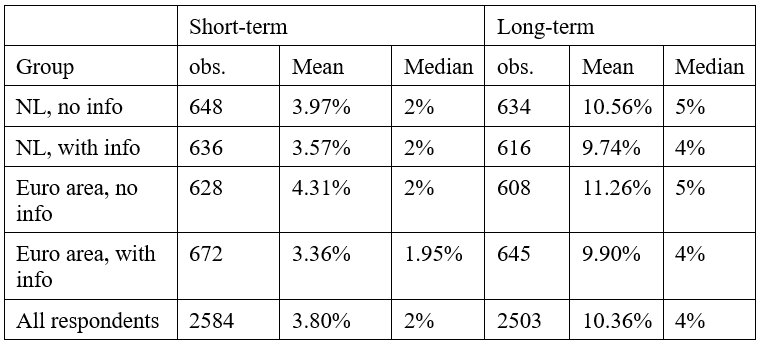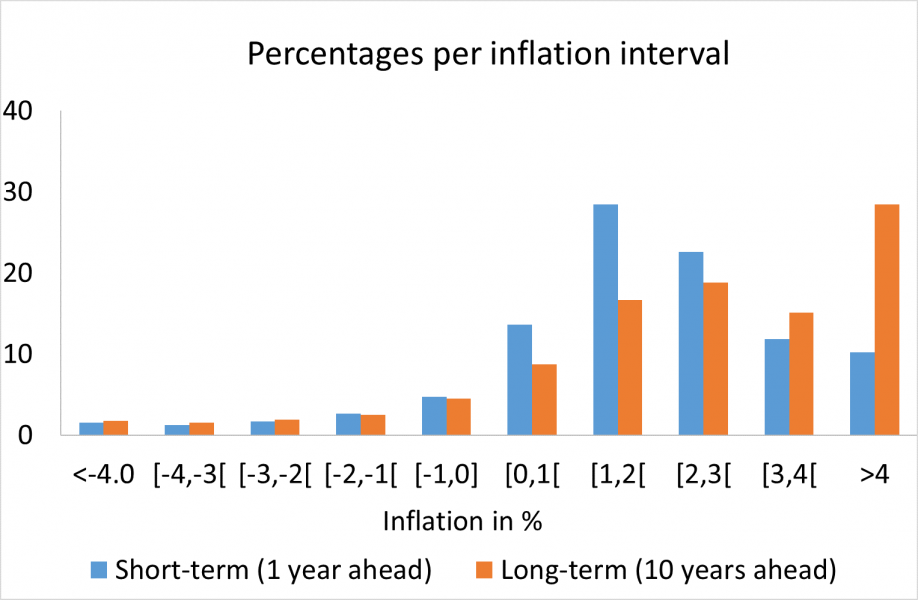References
Ball, L. and S. Mazumber (2011). “Inflation dynamics and the Great Recession”. Brookings Papers on Economic Activity, Spring, 311-405.
Cœuré, B. (2019). “Inflation expectations and the conduct of monetary policy”. Speech at an event organised by the SAFE Policy Center, Frankfurt am Main, 11 July.
Coibion, O. and Gorodnichenko, Y. (2015). “Is the Phillips curve alive and well after all? Inflation expectations and the missing disinflation”. American Economic Journal: Macroeconomics, 7(1), 197-232.
Galati, G., Moessner, R. and M. van Rooij (2020). “The anchoring of long-term inflation expectations of consumers: insights from a new survey”. DNB Working Paper, No. 688.
Galati, G., Moessner, R. and M. van Rooij (2021). “Anchoring of consumers’ long-term euro area inflation expectations during the pandemic.” DNB Working Paper No. 715.
Powell, T. and D. Wessel (2020). “What are inflation expectations? Why do they matter?”. Brookings Blog, 30 November.
Villeroy de Galhau (2019). “Household expectations”. Speech at the Joint Conference on Household Expectations, Frankfurt am Main, 28 July
Weidmann, J. (2019). “Expectations matter”. Welcoming remarks at the Joint Conference on Household Expectations, Frankfurt am Main, 26 July.







